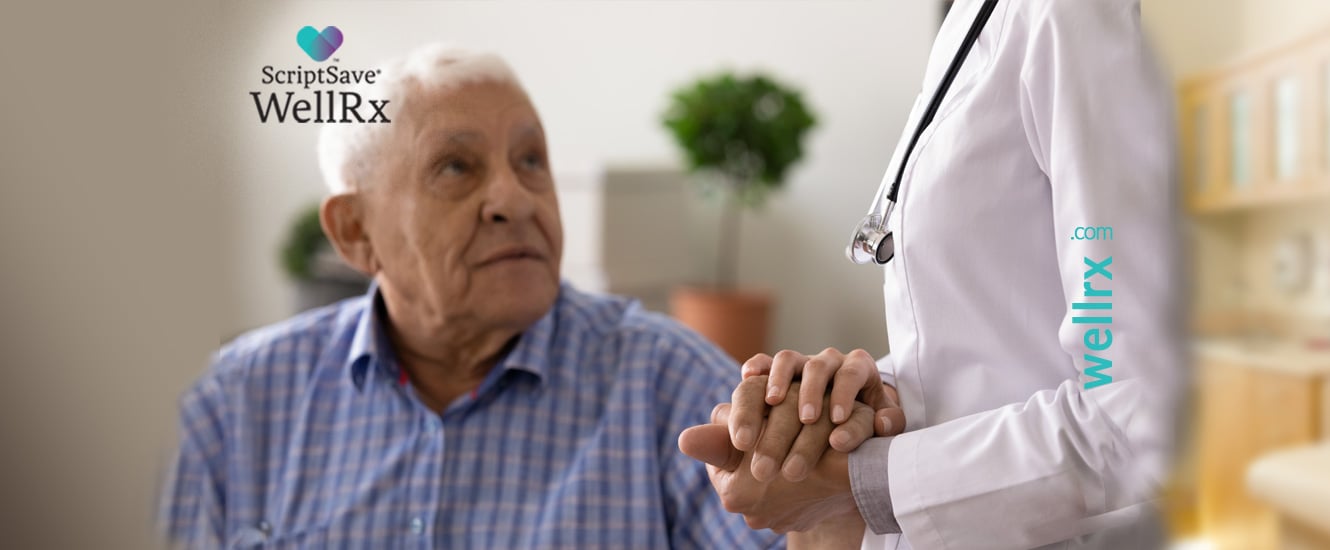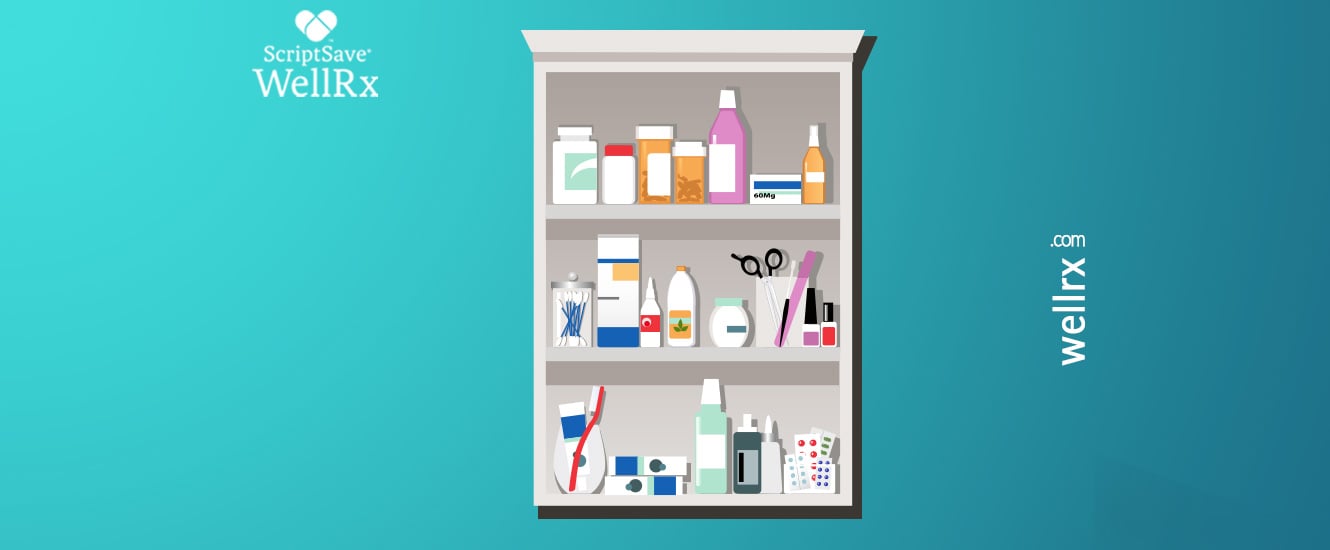Each year, millions of Americans, who may otherwise feel fine, are diagnosed with Osteoporosis. Developing osteoporosis puts people at higher risk for fractures, especially in the hips, spine, and wrists. Women are at much higher risk, with 10 percent of women age 50 and older affected by osteoporosis, compared with just two percent of men that age.
What is Osteoporosis?
Osteoporosis is defined by low bone mass that results in decreased bone density, and bones become more prone to fracture. Osteoporosis often has no symptoms until there is a bone fracture. Bone strength decreases with the loss of bone mass, which is related to many factors such as, a decrease in bone mineral density, rate of bone formation and turnover, and the shape of the bones.
Postmenopausal women often have low bone density due to estrogen deficiency. With early diagnosis of bone loss and fracture risk, available therapies can slow or even reverse the progression of osteoporosis and help prevent bone fracture1. Vertebrae and hip fracture is common in osteoporosis patients. About two-thirds of the bone fractures are asymptomatic2, meaning patients won’t even be aware they have a fracture. Many patients without symptoms assume they don’t have osteoporosis, so it’s important for all post-menopausal women to get an osteoporosis evaluation.
Calcium Vitamin Supplements
If you are unable to achieve adequate amounts of calcium and vitamin D from diet alone, you should take supplements for bone growth and development. Children ages 9 to 18 should consume approximately 1300 mg of calcium per day from calcium rich food sources, and 600 mg of vitamin D from vitamin D-fortified food. Children who have a wide variety of foods in their diet, and are growing well, should not need calcium and vitamin D supplementation3. Calcium and vitamin D supplementation likely only benefits children with inadequate calcium and vitamin D intake3.
Most postmenopausal women with osteoporosis, 1200 mg calcium (total dietary and supplement) and 800 international units of vitamin D are recommended. Although optimal intake of calcium (diet plus supplement) for pre-menopausal women and men with osteoporosis is not established, generally suggested doses are 1000 mg of calcium (diet and supplement) and 600 international units of vitamin D4.
Exercise – It’s Important!
Exercise is strongly associated with a reduction in hip fractures in older women5. Regular exercise has shown to have positive effect on bone mineral density (BMD). BMD is the measure of calcium in your bone. In studies, a variety of exercises such as, jogging, resistance training, swimming, and walking were effective. Women with osteoporosis should exercise for at least 30 minutes a day, three days a week, to build bone strength and help prevent fractures. Exercise helps to increase muscle strength, reducing the risk of fracture from fall.
Pharmacological Therapy
In addition to lifestyle measures and calcium and vitamin D supplementation, patients at high risk for fractures should also receive drug therapy. Patients with a history of fragility fracture or osteoporosis based on BMD, benefit from medication. All patients treated with medication should have a normal calcium and vitamin D level prior to starting drug therapy, and should also receive vitamin D and calcium supplements if their dietary source is inadequate6.
Oral bisphosphonates such as, alendronate (Fosamax), ibandronate (Boniva) are the first line of therapy for postmenopausal women. These agents decrease the rate of bone breakdown leading indirectly to an increased BMD. Bisphosphonates are effective, inexpensive, and have long-term safety data on preventing hip and vertebrate fracture6. These drugs are usually taken once a weekly.
Putting it All Together
With so many Americans developing osteoporosis, it’s important to realize it could happen to you, so talk to your doctor about your risks. To help prevent, and possibly reverse Osteoporosis:
- Bond density screening is important to detect osteoporosis
- Get enough calcium and Vitamin D in your diet or take supplements to help prevent osteoporois
- Exercise helps build bone mass and strengthen your bones
- There are available drugs to treat osteoporosis that are inexpensive and have proven safe to take over time.
References:
- Cosman F, de Beur SJ, LeBoff MS, et al. Clinician’s Guide to Prevention and Treatment of Osteoporosis. Osteoporos Int 2014; 25:2359.
- World Health Organization. Assessment of fracture risk and its application to screening for postmenopausal osteoporosis. Geneva 1994. https://whqlibdoc.who.int/trs/WHO_TRS_843.pdf (Accessed on March 09, 2012).
- Winzenberg TM, Shaw K, Fryer J, Jones G. Calcium supplementation for improving bone mineral density in children. Cochrane Database Syst Rev 2006; :CD005119.
- Cosman F, de Beur SJ, LeBoff MS, et al. Clinician’s Guide to Prevention and Treatment of Osteoporosis. Osteoporos Int 2014; 25:2359.
- Gregg EW, Cauley JA, Seeley DG, et al. Physical activity and osteoporotic fracture risk in older women. Study of Osteoporotic Fractures Research Group. Ann Intern Med 1998; 129:81.
- Crandall CJ, Newberry SJ, Diamant A, et al. Comparative effectiveness of pharmacologic treatments to prevent fractures: an updated systematic review. Ann Intern Med 2014; 161:711.
If you’re struggling to afford your medications,
visit www.WellRx.com to compare the cash price at pharmacies near you.
You may find prices lower than your insurance co-pay!













 Store & manage your medication list
Store & manage your medication list Medication pricing updates
Medication pricing updates Pill & refill reminders
Pill & refill reminders Medication journal & mood log
Medication journal & mood log